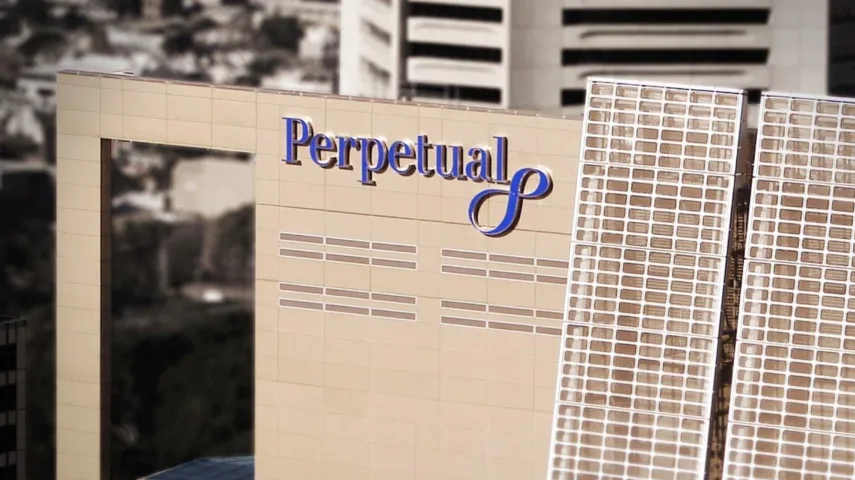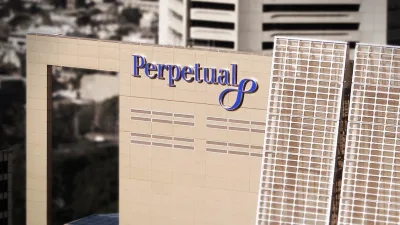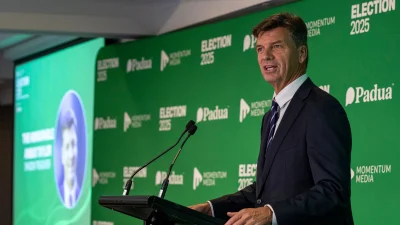Perpetual sees 134% rise in quarterly outflows



Perpetual outflows have risen by 134 per cent from the previous quarter as the result of client mergers and rebalancing including $2.5 billion from Pendal Asset Management.
In its latest quarterly update for the three months to 31 March, the firm said funds under management (FUM) had declined from $230.2 billion to $221.2 billion.
This decline was driven by outflows of $8.9 billion, primarily in global and US equities and cash, and negative currency movements of $0.9 billion, marginally offset by positive market movement of $0.7 billion.
The outflows are more than double those in the previous quarter when it saw outflows of $3.8 billion. However, it previously saw outflows of the same volume in the final quarter of the last financial year which were attributed to outflows from Pendal, Trillium and JO Hambro.
At Pendal, the loss of a short-dated mandate led to net cash outflows of $2.5 billion which brought its FUM to $42.5 billion.
“Pendal Asset Management’s AUM was $42.5 billion, down 4.9 per cent compared to the December quarter, driven by net outflows of $1.7 billion, mainly in cash, and negative markets of $0.5 billion. Excluding outflows in cash, Pendal experienced net inflows of A$0.8 billion in Australian equities. Net outflows in cash of $2.5 billion were largely due to the redemption of a short-dated mandate won in 2024.”
Barrow Hanley saw the largest outflows overall with net outflows of $3 billion from its US large-cap equities and global equities strategies followed by JO Hambro which lost $1.8 billion from global equity funds.
In wealth management, this section delivered $0.9 billion in net inflows, including a new institutional client win, which meant funds under administration (FUA) rose 2 per cent to $21 billion.
Commenting on the flows, chief executive and managing director, Bernard Reilly, said: “Our asset management business was impacted by outflows in the quarter, mainly in global and US equities and cash, due to a range of reasons including client mergers, clients reallocating or rebalancing their portfolios and continued underperformance in some strategies.
“Our headline outflow numbers include approximately A$2.5 billion in net outflows in cash within our Pendal boutique, mainly due to the end of a previously announced, low-margin, short-term mandate won in 2024.
“Across our boutiques, we did not see any significant de-risking from clients in the period to 31 March and group investment performance was robust with 62 per cent of strategies outperforming over three years. That said, we are mindful of the evolving macro-economic environment post period end, and in particular, the impact of these external conditions on sentiment towards equities investments.”
During the quarter, the firm ceased its planned scheme with KKR after an independent expert ruled it would not be in the best interest of shareholders. Last December, the Australian Taxation Office (ATO) ascertained Perpetual’s primary tax liability could be as much as $488 million if the deal proceeded. Further additional penalties and interest could also cause this sum to rise by as much as a further 50 per cent, it said.
While the acquisition has been scrapped, Reilly said the firm remains on track to deliver $30 million in annualised cost savings from its continued simplification program by 30 June 2025. This is targeting $70-80 million in annualised cost savings by 30 June 2027.
Recommended for you
Boutique real estate credit manager COI Capital Management has appointed a former private equity head from MLC Asset Management.
GSFM and its fund manager partner, Munro Partners, have launched an investment fund for New Zealand wholesale investors, marking a “natural extension” of its capabilities.
In its latest quarterly update, alternative asset manager MA Financial said it saw a 22 per cent increase in net inflows (ex institutional) to $444 million and is holding onto cash at historically high levels.
First Sentier Investors is the latest investment manager to enter the ETF space, enabling financial advisers and investors to access an existing geared fund via an ETF structure.















